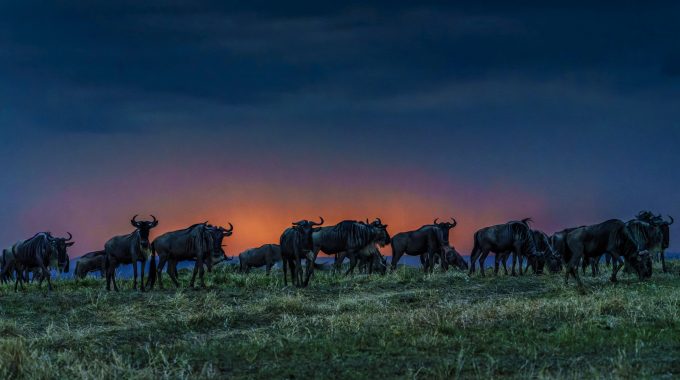What female animal is pregnant the longest? - The female animal with the longest pregnancy…
What is the biggest national park in Africa?
What is the biggest national park in Africa? –
The Biggest National Park in Africa: Namib-Naukluft National Park
Namib-Naukluft National Park in Namibia is the largest national park in Africa, encompassing approximately 49,768 square kilometers (19,216 square miles). This vast protected area is one of the most unique and breathtaking landscapes in the world, renowned for its dramatic desert scenery, towering sand dunes, and diverse ecosystems. The park plays a vital role in conservation and is a significant destination for ecotourism. This essay explores the geography, biodiversity, significance, and challenges faced by Namib-Naukluft National Park.

1. Geography and Features
Situated along Namibia’s Atlantic coast, Namib-Naukluft National Park encompasses large portions of the Namib Desert, one of the planet’s oldest deserts, estimated to have existed for approximately 55 million years. The park includes the Naukluft Mountains, vast gravel plains, rugged canyons, and the iconic sand dunes of Sossusvlei.
- The Sand Dunes of Sossusvlei: The park’s most famous attraction is Sossusvlei, home to some of the tallest sand dunes in the world, reaching up to 325 meters (1,066 feet). The striking red color of these dunes intensifies at sunrise and sunset, creating a surreal landscape.
- The Naukluft Mountains: These mountains provide a stark contrast to the surrounding desert and feature deep gorges and natural springs. They are an important habitat for wildlife and a haven for hikers.
- Coastal Areas: The western edge of the park meets the Atlantic Ocean, where fog from the cold Benguela Current sustains unique ecosystems despite the arid conditions.
2. Biodiversity
Namib-Naukluft National Park hosts a surprising variety of life, adapted to survive in one of the harshest climates on Earth.
- Flora: The desert is home to resilient plant species like the Welwitschia mirabilis, a prehistoric plant that can live for over 1,000 years. Other vegetation includes lichens, succulents, and grasses that thrive in arid conditions.
- Fauna: Despite the harsh environment, the park supports a range of animals, including oryx, springbok, zebras, hyenas, and jackals. Birds like the ostrich and endemic species such as the dune lark also inhabit the park. Smaller creatures like geckos, beetles, and snakes have adapted to the desert’s extreme heat.
- Marine Life: The coastal fog sustains unique ecosystems that include seals and seabirds, contributing to the park’s ecological diversity.
3. Ecological and Cultural Significance
Namib-Naukluft National Park is not only a natural wonder but also an essential area for conservation and cultural heritage.
- Conservation Efforts: The park protects a fragile ecosystem that is vital for understanding desert ecology. Its preservation helps mitigate the impacts of climate change on arid environments.
- Cultural Heritage: The park is home to archaeological sites and ancient rock art, offering insights into the lives of early human inhabitants and indigenous cultures like the San people.
4. Tourism and Economic Importance
Namib-Naukluft National Park is a major contributor to Namibia’s tourism industry, attracting thousands of visitors annually.
- Activities: Tourists flock to the park for activities such as dune climbing, hot air ballooning, wildlife safaris, and hiking.
- Revenue Generation: Ecotourism in the park supports local economies and creates jobs while promoting sustainable practices.
5. Challenges and Conservation Strategies
Despite its protected status, Namib-Naukluft National Park faces several challenges, including:
- Climate Change: Rising temperatures and changing rainfall patterns threaten the delicate balance of the park’s ecosystems.
- Human Activities: Mining and illegal off-road driving pose risks to the landscape and wildlife.
- Tourism Impact: Increased footfall can lead to habitat degradation if not managed sustainably.
To address these challenges, Namibia’s government and conservation organizations implement measures such as environmental monitoring, sustainable tourism practices, and community engagement programs.
Conclusion
What is the biggest national park in Africa? Namib-Naukluft National Park is a testament to the resilience and beauty of nature in one of the harshest climates on Earth. As the largest national park in Africa, it represents a critical area for biodiversity conservation and a vital economic and cultural asset for Namibia. Efforts to protect and preserve this remarkable landscape are essential not only for the benefit of its unique ecosystems but also for future generations to experience and appreciate the wonders of this vast desert wilderness.



